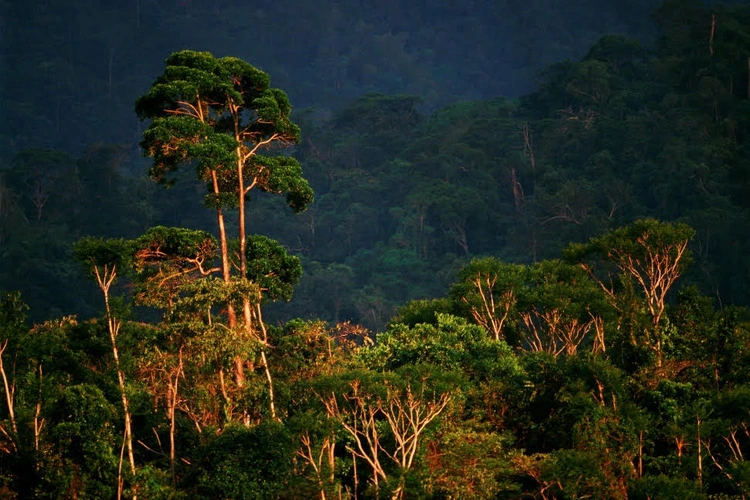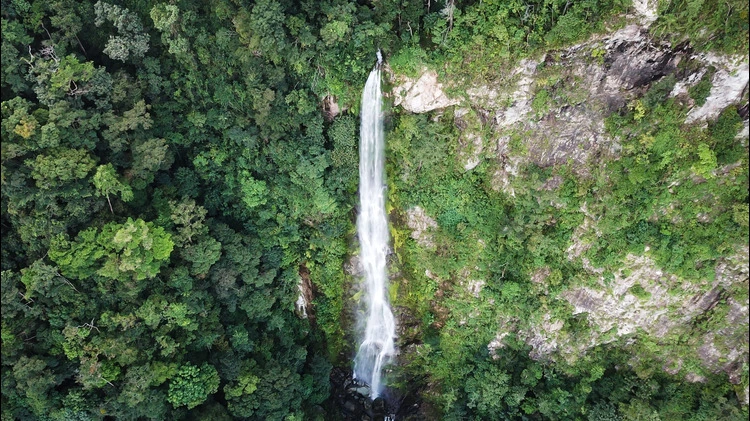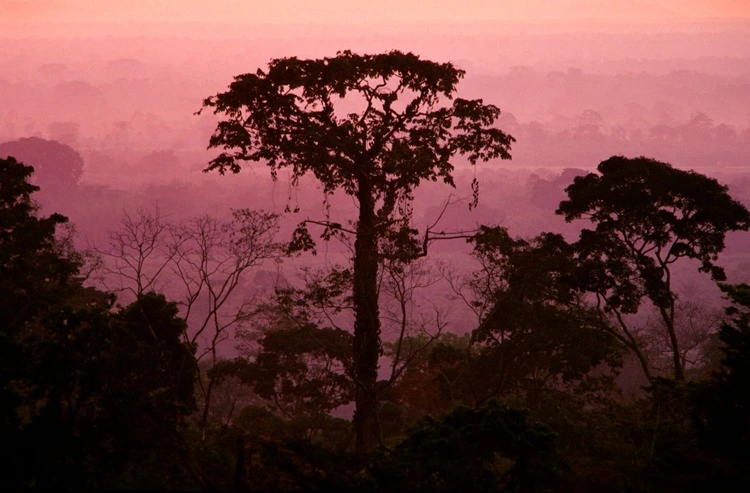
Honduras – already one of the countries worst-affected by climate change – may face ‘dramatic displacement’ of tree species by century end
By
A new study has revealed how the combination of rising temperatures and changing rainfall could drastically impact Honduras’ landscape by the end of the century.
The study, conducted by scientist Pablo González-Xiloj, and supported by Fauna & Flora and Fundación Parque Nacional Pico Bonito (FUPNAPIB), reviewed five threatened tree species in the country’s Pico Bonito National Park, equivalent in size to Hong Kong.
Enjoying this article? Check out our related reads:
Analysing two tree species already vulnerable to extinction – Dendropanax hondurensis and Magnolia atlantis – led to the conclusion that both species could be dramatically displaced and almost completely eradicated by 2100, if worst-case predictions of rainfall and temperature are correct.
In these scenarios, both species could be driven higher in altitude – by up to 350m – and geographically displaced by up to 44km. As their role and position in the environment, also known as an ecological niche, narrows, these likelihood of survival for these tree species is severely diminished alongside that of the wildlife which depends on them.

However, other species studied are predicted to thrive in the future – in both ‘optimistic’ and ‘pessimistic’ climate change scenarios, Eugenia coyolensis is set to increase its distribution area and probability of occurrence. This is largely due to its preference for warmer and more arid climates.
Such a pattern suggests to scientists that the southern part of Honduras’ Pico Bonito National Park will change in its composition, with species with a preference for drier conditions dominating the area and thus altering the landscape.
Honduras is already one of the worst-affected countries by climate change, and the recent study is hoped to shed light on how landscapes will evolve in its wake. Subsequent conservation efforts can then be altered to best mitigate any damaging consequences to the country’s ecosystems.

‘Without efforts to protect the habitats of these tree species across a geographical and altitudinal range, the ecosystem risks collapse, resulting in dire consequences for watershed protection and water supply, as well as carbon sequestration and storage,’ said Central America programme manager Rich Howorth.
‘Importantly, we must take a moment to consider what happens to those species that can no longer migrate higher in altitude in order to survive. In a matter of years, some fauna and flora will have nowhere else to climb and will ultimately suffocate as our world heats up,’ Howorth continued.
‘We must do everything we can to mitigate climate change before it spirals out of control, using nature as our ally.’




